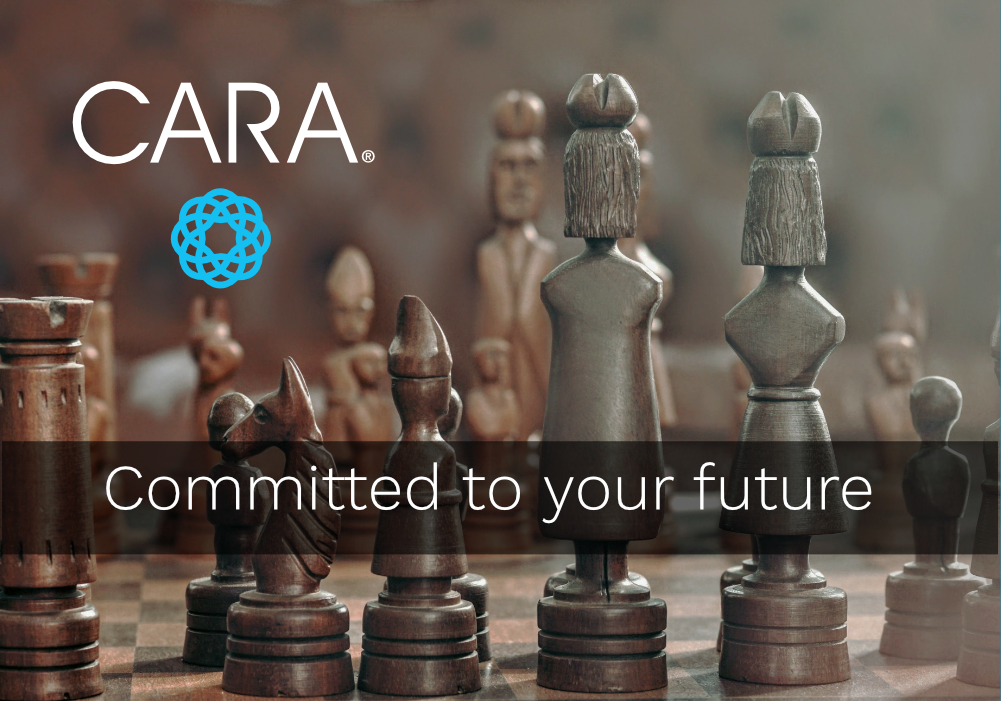
A well-crafted and rigorously executed organizational learning strategy can ensure that your learning and development organization supports the business in achieving the strategic goals set forth by senior leaders. Without a clear strategy, learning and development organizations tend to lose focus and effectiveness.
The top 10 elements of an organizational learning strategy provide a framework for creating and executing a strategy within an organization, a function, or a department.
1 – Alignment to Business Strategy
Clearly define how an organizational learning strategy will achieve business goals. For example, how will it help grow sales by 10% in x market or reduce time to market for a product or service?
2 – Well-Defined Scope
Detail what parts of the business the learning strategy covers. How will out-of-scope requests be addressed? For example, if the North American Sales organization is included, but Asia is not, define how Asia will be covered.
3 – Governance Model
Create a process that will set priorities. For example, a governance team that represents major stakeholders will own the overall strategy, set decision criteria, and meet on a set schedule to evaluate activities.
4 – KPIs
Set clear goals explaining how they will be measured, reported, and monitored. For example, speed to competency or the number of “ready now” managers. Make sure to have executive buy-in on your learning metrics!
5 – Funding Model
Plan funding for program development and delivery costs. For example, program development and management are funded centrally, and program delivery is funded by the business through an internal tuition program.
6 – Alignment with other Talent Management Work Streams
Consider how the organizational learning strategy aligns with other talent work streams — current or in process. For example, how is learning connected with onboarding, performance management, and succession planning?
7 – Learning Organization Capabilities
Determine what roles are required to support the learning strategy. For example, if the current staff has significant subject matter and teaching expertise, but very limited instructional design experience, you may need to change the makeup of the team to execute the strategy.
8 – Learning Systems
Choose the learning system capabilities that can support the organizational learning strategy. How will employees access learning, register for events, and track their progress? What reporting will you need? For example, can the current system provide reports that support your KPIs? Can it deliver micro-learning?
9 – Innovation, Methods and Tools
Evaluate what innovative methods and tools you will use to create deliverables and manage processes. For example, defining when artificial intelligence is appropriate, standardizing agile or design thinking methods, or even selecting a common development software such as Articulate.
10 – Marketing and Branding
Think about how you will communicate the programs with your business. What branding standards will be applied? For example, will learning have its own brand that aligns with the business standards? What other methods (such as town hall and department meetings) can be used to “advertise” learning?
Finally, how will you align with business leadership in your strategy? Getting early buy-in is so important for the learning leader. Even better is to be a part of the business strategy development so that you closely align your learning strategy from the start!
An organizational learning strategy is key to the sustained success of business transformations. Check out how we’ve helped clients create scalable learning programs that grew their sales pipeline.
Ready to accelerate your business transformation goals? Contact The CARA Group and our consultants will help you architect a learning strategy fit for your team.
I’m readyOrganizational Learning Strategy FAQs
Q: What is a learning and development strategy?
A learning and development strategy supports the business in achieving strategic goals set forth by senior leaders. The strategy ensures learning and development organizations do not lose focus during organizational business transformations.
Q: What are collaborative learning strategies?
A strategy where teamwork is at the center. Collaborative learning strategies include employees, senior leaders, and all departments in the development of a new organizational program or implementation. By allowing all teams to provide input, leadership achieves buy-in. This makes it easier for the entire organization to adopt the new business transformation with limited change resistance and establish an effective shift in the culture. Check out how The CARA Group helped a national laboratory strengthen key work planning and control (WPC) through collaboration.
Q: What is the framework of L&D strategy?
A strategic framework for an L&D (learning and development) strategy includes: defining business priorities, conducting an internal SWOT, aligning with sponsors, developing KPIs, enabling execution, measuring results, effective two-way communication, and having flexibility to adjust.



